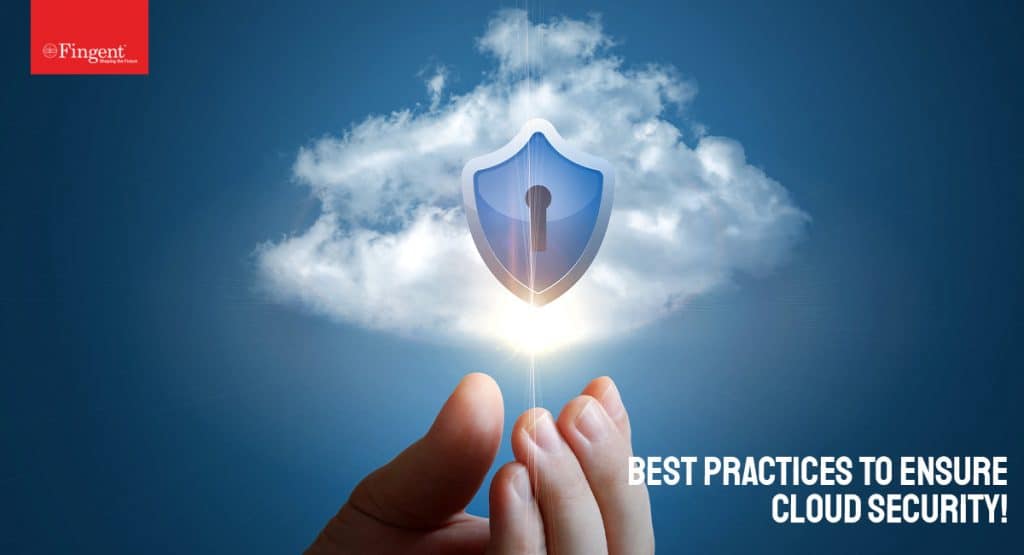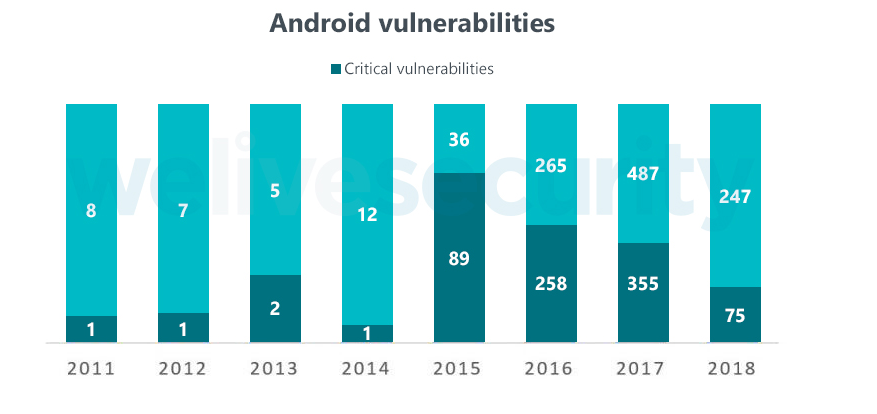Tag: Mobile App Security
Technology trust is a good thing. Traditional approaches focused on establishing a strong perimeter to keep the bad guys out are no longer enough. In today’s digital world, Zero Trust Security is an approach that is essential for every business that has an online presence. Zero trust is a holistic and strategic approach to security that verifies every person and device that is granted access and confirms who and what they say they are. This blog explains why there is an increasing need for app security and 7 reasons why businesses need the Zero Trust Security paradigm.
Is There an Increased Need for App Security?
Cloud environments host business-critical applications and data, making them vulnerable to attack by hackers who would like to steal, destroy, or hold hostage sensitive data for personal gain. Though the security strategy is not perfect, Zero Trust reduces the attack surface and limits the impact and severity of the attack.
Functionalities in an application increase its vulnerability to an attack and the frequency of the attacks also increases. Identifying vulnerabilities and security threats early on can save a lot of time and money for businesses. App security lowers the number of vulnerabilities, increases efficiency, and improves the speed of detection and time-to-fix.
Watch now: How InfinCE – an infinite cloud platform, is empowering industries with secured next-gen cloud technology!
7 Reasons Why Businesses Need Zero Trust Security
Zero Trust limits the scope of damage if credentials are compromised, or if the firewall is breached. This paradigm secures remote work better than conventional methods. It improves productivity and organizational agility. Here are additional reasons to consider:
1. Increased Cyberattacks
When organizations rely on a single sign-on (SS)) verification method, ensuring people are who they say are may become difficult and risky. To avoid this security gap, SSO should be balanced with other technologies like Multi-factor Authentication (MFA).
In the last few years, MFA has become easier and smarter. While SSO and MFA together create a tight web of security around an organization, they fail to provide a smooth end-user experience.
That is where Zero Trust Security comes in. Zero Trust is based on the assumption that “nothing” and “nobody” are to be trusted. Using AI and ML in Zero Trust models, organizations can start to learn the normal behavior of their employees. These enable organizations to detect any deviation from their regular pattern and block an employee’s access until he is being verified.
2. Cybersecurity Workforce Outpace Supply
The success of Zero Trust depends on continual monitoring and analytics. When you use automation to evaluate access requests you can judge those requests based on the key identifiers and then automatically grant access. The IT department need not be involved in approving each access request, but look into it only when the automated system flags requests as suspicious.
How can this be of significant benefit? According to Cybersecurity Workforce Study, 2021, 60% of the participants reported that the shortage of cybersecurity staffing is placing their organization at risk. Despite the influx of 70,000 professionals into the cybersecurity workforce, global demand for cybersecurity professionals continues to outpace supply. So, if you can safely automate, you can reduce human resources, and your existing team can devote their time to innovation and improvement.
3. Heightened Security Measure Require More Security Teams
The Zero Trust optimizes your existing security team because it uses a centralized monitoring system. With it, your team can easily generate reliable data and gain insights. As a result, you can maintain a more secure environment even with reduced security staff.
4. Cloud Environment Require Shared Cybersecurity Responsibility
Businesses are moving their critical applications and workloads to the public or hybrid cloud. Given that, cybersecurity leaders must reconsider the security measures they have in place. The cloud environment requires a shared responsibility model. In the Zero Trust model, certain security aspects are provided by the cloud vendor, and others are cared for by the enterprise.
Read more: Why Is Cloud Security Important What Are The Best Practices to Ensure Cloud Security

5. Network Is No Longer a Secured Enterprise Network
Work From Home has necessitated intense use of the cloud. This means the internet network is no more secure. The conventional security measures and visibility solutions are no longer practical or robust enough. Zero Trust rests on the foundation of the “always-verify” principle. It offers complete visibility both in data centers and the cloud.
6. Everyone Need Not Have Elevated Security Privileges
In this digital-first age, users who access an enterprises’ applications and infrastructure are not just employees or customers. Vendors who are servicing a system, suppliers, or partners could also be accessing privileged data.
None of these non-employees need such access. What more, not all employees need access to every application, infrastructure, or business data. A well-executed Zero Trust strategy enables businesses to precisely control access based on key dimensions of trust.
7. Work From Home Increases Security Risks
In the post-pandemic era, Work From Home (WFH) has become the new normal. Location-based security technologies like the company’s headquarters are no longer relevant. Unsecured wi-fi networks and devices increase security risks. Assuming that their employee’s WFH setups and environments are not as secure as the office, businesses must depend on the overreaching system like a Zero Trust framework.
Work devices are traditionally managed, patched, and kept up-to-date with security tools and policies, not so with BYOD (Bring Your Own Devices). Some employees may forget basic cyber hygiene skills. The Zero Trust Security can control the potential for a security breach as it enforces access controls at every point within the network.
Watch now: Shifting to a remote work environment? Learn why InfinCE makes the best remote work companion!
Adopt Zero Trust Security
Zero Trust Security paradigm ensures each request undergoes evaluation based on micro-segmentation of user types, location, and other identifying parameters. Only after such intense scrutiny does it determine when to trust, what to grant access to, and how long that access should be enabled.
Zero Trust Security returns immediate gains through risk reduction and security control. But there is more. It improves visibility, increases productivity, makes better use of your IT resources, and facilities compliance. In a nutshell, Zero Trust Security helps your organization build strength and resilience.
Decision-makers and security leaders of an enterprise should consider leveraging robust layers of defense through the Zero Trust model. Zero Trust Security tightens controls over access to information through network perimeters and the implementation of strict authentication measures.
Security experts at Fingent are working with the Zero Trust model and have honed their skills in providing bulletproof security for our clients’ systems and networks. Give us a call and see how we can help you.
Stay up to date on what's new

Featured Blogs
Stay up to date on
what's new



Talk To Our Experts
Hordes of app release every single day and most of them carry important user information. These apps are vulnerable to hacker attacks that look for weaknesses in apps, tap into them and phish user information or implant a malware. However, according to studies, the number of malware detections has dropped by 40% compared to 2017.
To ensure users really benefit from your app and at the same time are not left vulnerable, every mobile app development company needs to tackle these 8 security issues.
1. Picking up codes written by hackers
Many hackers create codes hoping that app developers will pick them up to use their idea. Many people do not seek to build apps from the ground up. Instead, they utilize easy frameworks and ready-made codes to customize them into their own app. A mobile app development company should not trust these third-party codes without verification, especially if the app deals with sensitive user information.
Related Reading: Check out the top technologies used to develop mobile apps.
2. Leaving the cache unchecked
Mobiles are known to be more susceptible to security breaches since it is easy to access the cached information inside them. Develop an app that utilizes a smart cache cleaning cycle that works automatically or requires a password for use.
3. Not performing security testing thoroughly
It is the duty of an app developer to go through proper security testing and take appropriate measures to fix vulnerabilities. Many developers get sloppy and release their apps in beta modes that leave users at risk. This not only affects the customer’s data, but also results in negative brand publicity that will hurt your app. So test your app properly, check every aspect including the camera, GPS, and sensors. Also, disable NSLog statement on iOS that stores the debug information in case of an app crash. For Android users, the log is generally cleared when the device reboots.
Related Reading: Find why wireframing is important for app development.
4. Weak or no encryption
Encryption algorithms are the first line of defense when it comes to blocking hackers from attacking user phones and even the servers. But remember that with the rise in technology, these encryptions also need to be upgraded. There have been apps that stored user information in simple language and were hacked too easily.
5. Lack of server-side security
Many app developers may provide better security for their apps, but their server-side security is susceptible to attack. Such negligence can cause loss of sensitive data such as credit card information, personal identification information, and more. If you deal with collecting big data of users, get a certified Secure Sockets Layer (SSL) and avoid using low-grade security encryption to avoid leaks of your analytics and advertising information.
6. Slow upgrades and patching
Once you launch your app, hackers start working on exploiting the weakness of your app. Once these are exposed, it is imperative that you start plugging the holes and update the users with immediate patches to restore the app’s functioning as well as the faith of the users. Remember, there is no margin of error if you deal with sensitive information. A lack or delayed fixing of issues might make your app obsolete too.
7. Protecting the device with Enterprise Mobility Management (EMM)
An EMM solution will work great at protecting the device from getting a jailbreak or being rooted. This avoids the removal of built-in security that a mobile operating system offers to keep the data safe for long. Using an EMM will also provide a way to authenticate users before launching an app and can be used to apply various security policies to prevent data hacking.
8. No plan to obstruct physical breaches
A mobile application development company should think beyond the digital realm. Chances are that the device is lost or stolen. Apps can be made to implement session timeouts weekly or monthly to clear the device of stored passwords.
Related Reading: Find how to balance between security and usability in enterprise app development.
If you have a mobile application idea, it is always better to seek professional developers and companies to make them for you instead of trying free third-party codes and make your app vulnerable.
Read More: Mobile App Development : 4 Tips To Consider
This video is made using InVideo.io
Stay up to date on what's new

Featured Blogs
Stay up to date on
what's new
























































